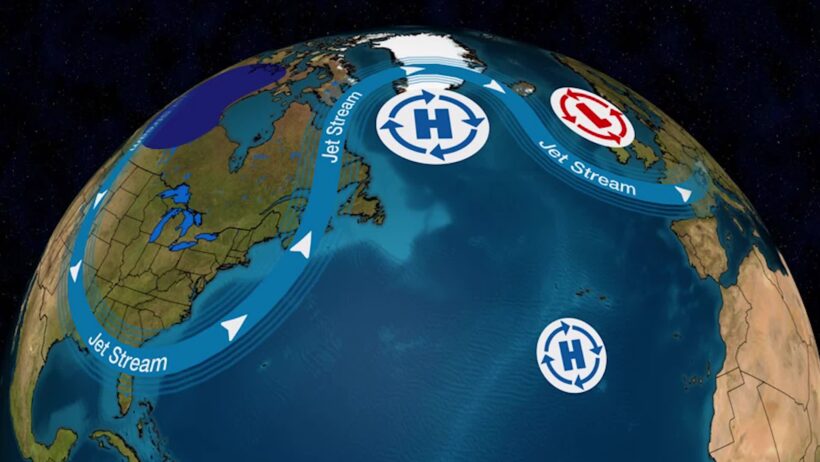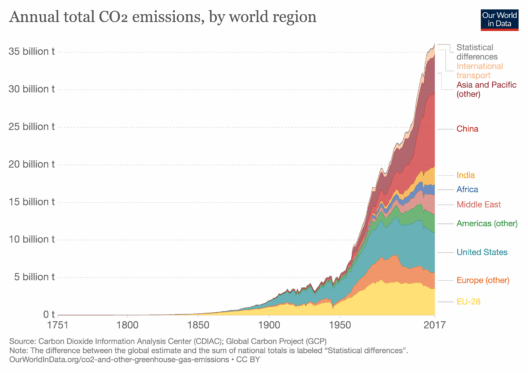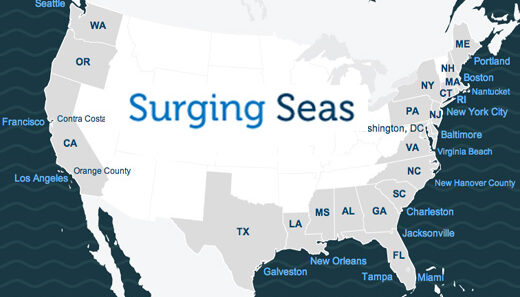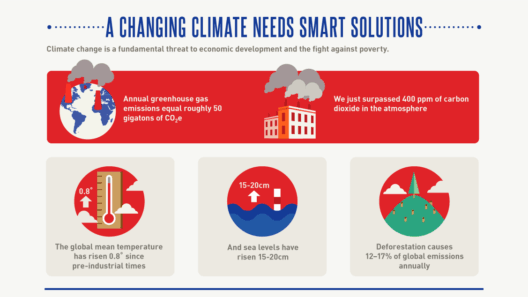Climatic controls are the underlying mechanisms that dictate the tapestry of our atmosphere and influence the symphony of weather patterns across the globe. Imagine, if you will, a grand conductor at the helm of an immense orchestra. Each instrument in this ensemble represents a component of our Earth’s climate system, from topography and oceanic currents to solar radiation and atmospheric composition. When these elements intertwine harmoniously, they produce the melodious ebb and flow of climate and weather that shapes our daily experiences.
The first major climatic control to consider is latitude. Latitude establishes the foundational framework for climate zones worldwide. As one travels from the equator towards the poles, striking contrasts emerge in atmospheric heating. The equator basks in near-constant sunlight, ensuring a tropical, humid climate, while the polar regions wrestle with frigid temperatures and lengthy winters. This staggering diversity is akin to a gradient in a painter’s palette, demonstrating how the same canvas—our planet—can exhibit an array of climates based solely on one’s position along the latitude lines.
Another crucial actor in the climate control drama is altitude. As altitude increases, the temperature invariably drops. This principle is illustrated by the noble ascent of Mt. Everest, wherein climbers may traverse tropical landscapes at its base, only to be met with biting cold and glacial expanses near its summit. This varying temperature gradient creates distinct climatic zones even within a relatively small geographic area. Such differences in climatic conditions at high elevations can lead to breathtaking biodiversity and unique ecological systems that flourish in harsh environments.
Proximity to water bodies also plays a pivotal role in shaping climate. Oceans and large lakes have the capacity to regulate temperature, acting as thermal buffers that mitigate extreme variations. Coastal regions enjoy milder climates due to the moderating influence of large bodies of water, while inland areas can experience more pronounced temperature extremes. These oceanic influences are not unlike a gentle hand caressing the surface of a turbulent sea, stabilizing conditions and creating climates conducive to agriculture, habitation, and recreation.
Furthermore, ocean currents serve as the lifeblood of global climates. These currents, like rivers within the vast expanse of our oceans, transport warm water from equatorial regions to the poles and cold water in the opposite direction. The Gulf Stream, for instance, carries warm water to the North Atlantic, resulting in milder winters for regions such as Western Europe. Conversely, cold currents, like the Humboldt Current off the coast of South America, foster arid conditions and lower temperatures along coastlines. The seamless flow of these currents illustrates an intricate dance, a crucial part of the larger climatic system that sustains life.
Wind patterns represent yet another vital component of climatic controls. Driven by variations in solar energy absorption and the Earth’s rotation, winds act as the atmosphere’s circulatory system. The Coriolis effect, a result of the Earth’s spin, redirects wind currents, contributing to weather phenomena such as cyclones and trade winds. The way these winds interact with various geographical features can sculpt localized climates, giving rise to everything from deserts to fertile plains. It is within these currents of air that we find the dynamic interplay that can incite storms, droughts, or even a gentle breeze on a summer afternoon.
Additionally, the presence of vegetation, often overlooked, serves as a climatic modulator. Forests and other green zones play a multifaceted role in controlling local climates. Through the process of transpiration, plants release water vapor into the atmosphere, which can initiate cloud formation and precipitation. Moreover, plant cover can alter temperature and humidity levels, creating microclimates. This is evident in the interplay of lush jungles and arid deserts existing side by side, highlighting the omnipresent influence of flora on the surrounding atmospheric conditions.
Lastly, human activity emerges as an influential component in the climatic control framework. Rapid industrialization, deforestation, and the burning of fossil fuels have introduced an alarming amount of greenhouse gases into our atmosphere. These gases create a warming blanket around the Earth, intensifying the greenhouse effect and thereby altering established weather patterns. This anthropogenic influence is akin to a conductor distorting the harmony of an orchestra, introducing discord into the climate’s delicate balance.
In synthesizing these factors, we reveal the complexity of climatic controls. Each component, whether formation, elevation, or human activity, plays an integral role in determining the myriad weather patterns we observe throughout the year. The interwoven relationships of these elements are reminiscent of an elaborate web, with each strand crucially connected to its neighbors. In recognizing the multifaceted nature of these controls, one can better appreciate the fragility of our climate system and the urgency with which we must address the looming specter of climate change.
In conclusion, climatic controls manifest as foundational forces in the intricate theatre of Earth’s atmosphere. Understanding these dynamics—latitude, altitude, proximity to water, ocean currents, wind patterns, vegetation, and human influence—provides profound insights into the science behind weather patterns. As stewards of our planet, it is imperative to heed the lessons embedded within the fabric of our climate and endeavor to protect its delicate equilibrium for generations to come. The orchestra of Earth’s climate must not fall silent; rather, it demands our concerted efforts to ensure its continued performance.








